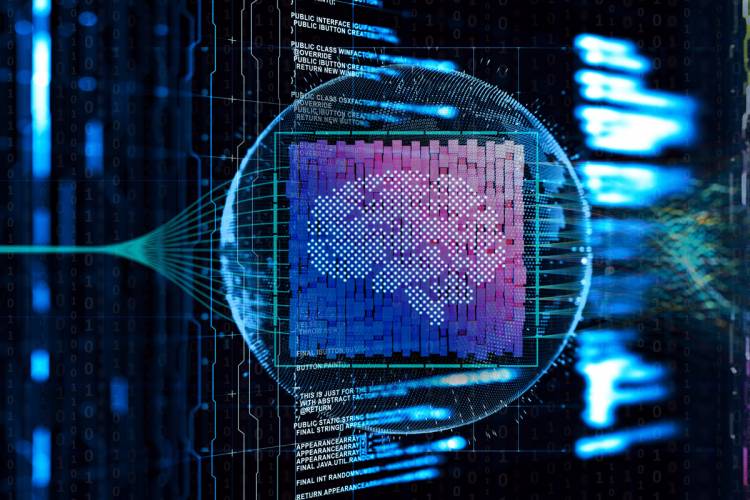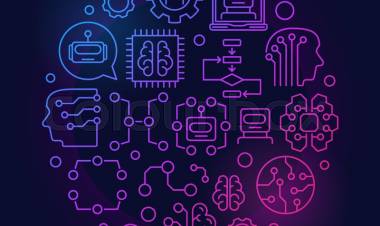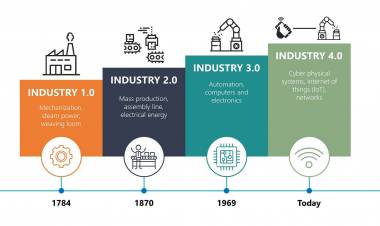4 examples of how artificial intelligence is transforming the financial sector.

4 examples of how artificial intelligence is transforming the financial sector.
Artificial intelligence (AI) is called to be the technology that transforms the financial industry, not only in terms of creating new products and services but also in terms of functionality and usability, thus improving the relationship between the client and the bank.
Although the concept of AI appeared in 1956 from the hand of John McCarthy, an American computer scientist, it was only until a few years ago that it became relevant thanks to advances in Big Data and Data Science; two concepts that allow AI to identify patterns from large amounts of data, and even "learn" and anticipate the facts.
The financial sector is currently using this technology to organize its operations, make investments and even control the risks related to phishing and other forms of financial fraud. There is still a long way to go, but it is already possible to find some successful examples of the use of artificial intelligence in banking:
1. Erica and Eno, chatbots for banking
In recent years, chatbots based on natural language processing and machine learning algorithms have become a powerful tool for banks to provide their users with a personalized experience.
Erica, the digital assistant of Bank of America, uses text messages and voice chat to help clients make financial decisions, such as creating a savings plan based on income and expense patterns.
For its part, Eno, the Capital One chatbot, uses text messages to facilitate the transfer and payment of invoices, as well as to provide information quickly on balances and recent movements without the user having to install other applications.
2. ZestFinance, automated risk assessment
Some FinTech such as ZestFinance use artificial intelligence and big data analysis to create credit profiles based on information provided by the applicant and data obtained automatically on the Internet and social networks.
This technology allows banks to assess the risks in granting a loan without having to resort to other intermediaries, achieving significant savings in time and money.
3. Mastercard Decision Intelligence
It is an integral service of decision making and fraud detection that, through AI, increases the accuracy in the authorization of authentic transactions in real time, reducing the number of false declines.
Instead of being limited to predefined rules, Decision Intelligence uses machine learning technology to identify patterns and spending habits of credit card holders, with the aim of establishing a baseline of behavior against which each new transaction compares.
This not only allows banks to prevent fraud, but also helps merchants to offer a better shopping experience to their customers.
4. Wealthfront, an investor advisor
This free application analyzes the user's profile according to their age, income and financial goals to offer advice and manage investments. Once the user connects their most important accounts, the application analyzes the data to create a personalized investment plan based on the objectives, habits and current finances of each person.
Thanks to AI, Wealthfront automatically updates the mix of its clients' investment portfolio as they age or when there are changes in their income.
Artificial intelligence for the future
In an era in which technology giants such as Google, Apple, Facebook and Amazon dominate, people have become accustomed to seeing personalized offers based on data they voluntarily provide; And now they expect to receive this same service from all types of companies, including banks.
This is the time to adopt AI to achieve digital transformation. The redefinition of processes and the rethinking of products, services and user experiences will allow financial institutions to remain relevant in a world that is changing at high speed.



















